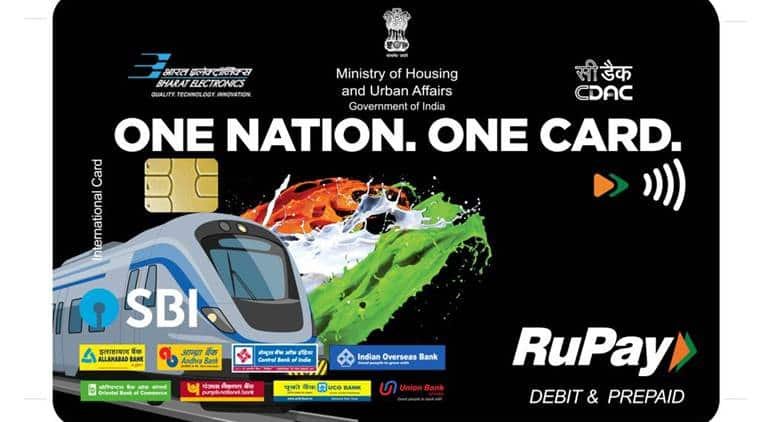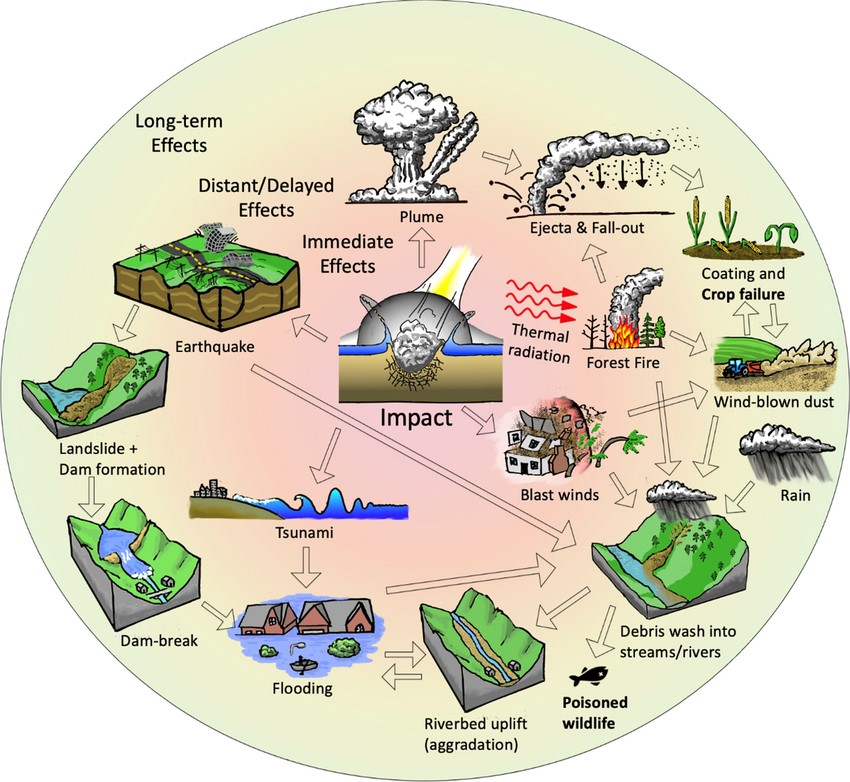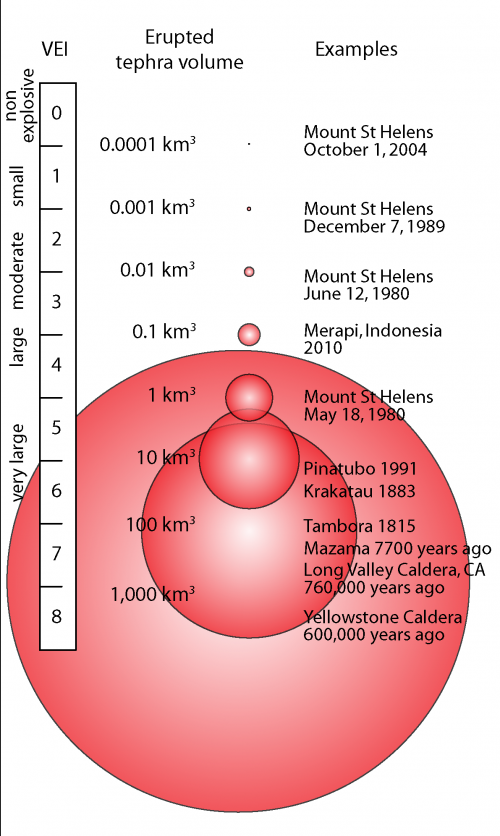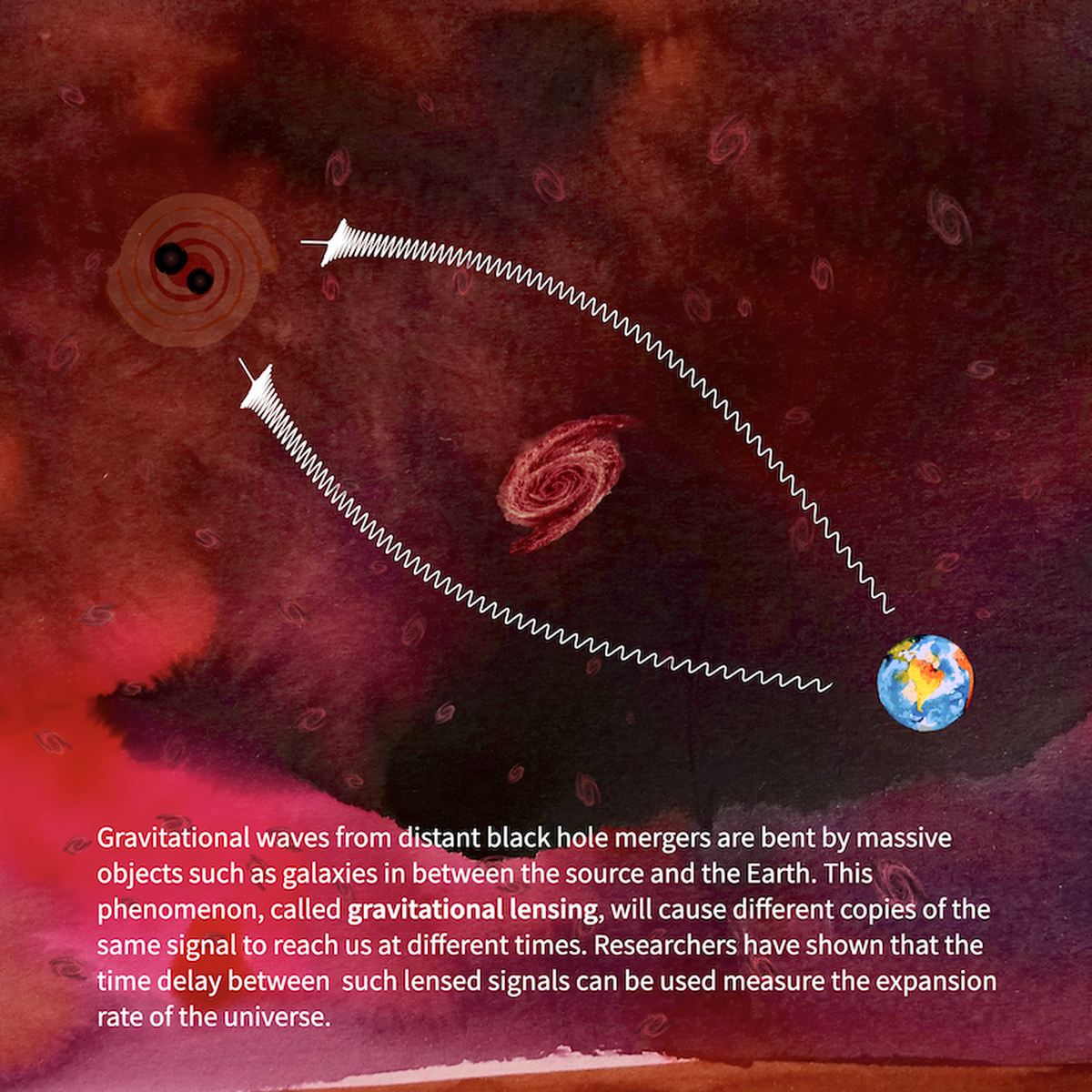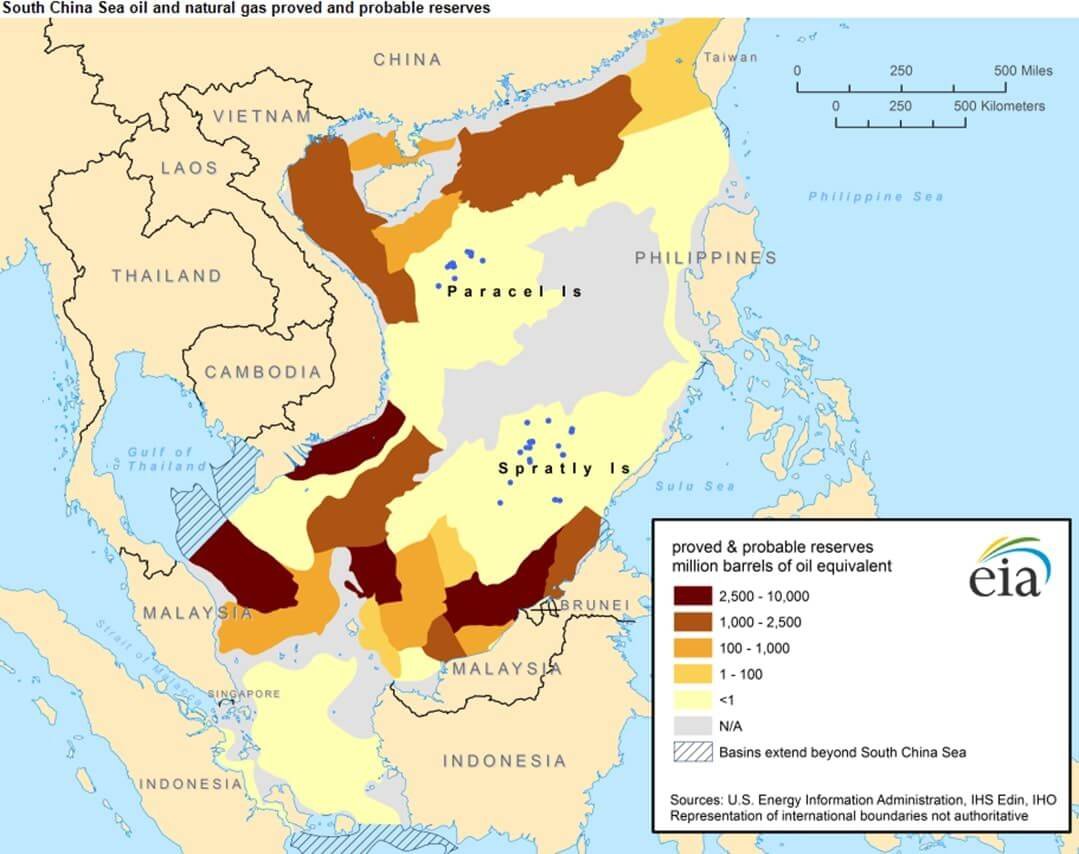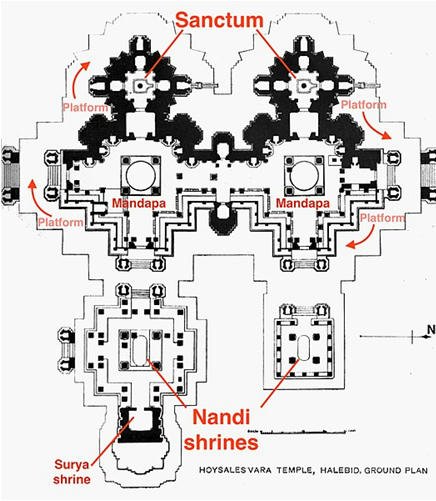
Current Affairs September 06, 2023: Gujarat Declaration, Union and its territory, Minister without a Portfolio, Carrying Capacity of Himalayan States
Subscribers of "Current Affairs" course can Download Daily Current Affairs in PDF/DOC
Subscribe to Never Miss an Important Update! Assured Discounts on New Products!
Must Join PMF IAS Telegram Channel & PMF IAS History Telegram Channel
{GS2 – MoA – Initiatives – 2023/09/06} Gujarat Declaration
- Context (PIB): First WHO Traditional Medicine Global Summit 2023 was held in Gujarat.
- It was co-hosted by the Ministry of Ayush (MoA).
- WHO has released the outcome document of the summit in the form of the “Gujarat Declaration”.
Highlights of the Gujarat Declaration
- The declaration reaffirmed global commitments towards indigenous knowledge, biodiversity, and traditional, complementary, and integrative medicine (TCIM).
- The declaration has advised to:
- Scale-up efforts to implement TCIM to achieve the goal of universal health coverage (UHC) and other health-related Sustainable Development Goals (SDGs).
- Take action to safeguard, restore, and sustainably manage biodiversity.
- Ensure fair and equitable sharing of benefits arising from the use of biodiversity resources and indigenous knowledge.
- Fully recognise, respect, and protect the rights of Indigenous Peoples, as provided in the UN Declaration on the Rights of Indigenous Peoples.
|
What is Traditional, Complementary, and Integrative Medicine (TCIM)?
- TCIM incorporates three types of systems of medicine. They are:
- Traditional medicine: A system of medicine that has been practiced for centuries and is based on the traditional beliefs and practices of a particular culture. E.g., ayurvedic medicine.
- Complementary medicine: A system of medicine that is used alongside conventional medicine. E.g., herbal medicine, homeopathy, and acupuncture.
- Integrative medicine: A system of medicine that combines conventional medicine and complementary medicine.
|
Measures Suggested for the Advancement of TCIM in the Declaration
- Integrate TCIM in national health policies and systems.
- Accelerate production, regulation, and utilization of scientifically proven TCIM products/practices.
- Accelerate the use of the WHO International Classification of Diseases (ICD-11) to enable the integration of data on TCIM within routine health information systems.
- Establish a global network of TCIM reference clinical centres to collect and monitor data on TCIM.
- Application of digital health technologies and artificial intelligence (AI) to advance TCIM.
{GS2 – MoSJE – Schemes – 2023/09/06} PM-DAKSH Yojana
- Context (PIB): Pradhan Mantri Dakshata Aur Kushalata Sampanna Hitgrahi (PM-DAKSH) Yojana is a Central Sector Scheme launched by the Ministry of Social Justice & Empowerment (MoSJE).
- The main objective of the Scheme is to enhance the competency level of the target groups to make them employable both in self-employment and wage-employment.
- The target groups include Artisans, Women and Youth.
Eligibility Criteria
- The age criterion of the scheme is between 18-45 years.
- There is no income limit for SCs, Safai Karamcharis, including waste pickers and denotified tribes.
- The annual family income should be below Rs.3 lakh for OBC and Rs.3 lakh for EWS.
Implementing agencies
- The scheme is implemented through three Public Sector Undertakings (PSUs): (All 3 PSUs come undertaking of the Ministry of Social Justice & Empowerment).
- National Scheduled Castes Finance and Development Corporation (NSFDC)
- National Backward Classes Finance & Development Corporation (NBCFDC)
- National Safai Karamcharis Finance and Development Corporation (NSKFDC)
{GS2 – Polity – IC – 2023/09/06} Union and its territory
- Context (TH): The G-20 invitation card mentioned “President of Bharat” instead of the usual “President of India“. Hence there is a speculation of an official change in the name of the country to Bharat.
- Article 1 of the IC uses the two names, India and Bharat, interchangeably.
|
Origin of word “Bharat”
- The roots of Bharat, Bharata, or Bharatvarsha are traced back to Puranic literature.
- Bharata is described as the land between the “sea in the south and the abode of snow in the north”.
- Bharata is also the name of the Rig Vedic tribe.
Battle of Ten Kings
|
Hindustan
- The name Hindustan is believed to come from ‘Hindu,’ which is the Persian version of the Sanskrit word ‘Sindhu’ (meaning ‘Indus’).
- It became popular when the Achaemenid Persians conquered the Indus Valley in the 6th century BCE.
- By the time of the early Mughals (16th century), the name ‘Hindustan’ was used to describe the entire Indo-Gangetic plain.
India
- The Iranians and the Greeks came to India about 2500 years ago.
- They named land to the east of the river Indos (Indus) as India.
Constituent assembly’s view
- During the Constituent Assembly debates, few members were against the use of the name India.
- They saw it as a reminder of the colonial past.
|
{GS2 – Polity – IC – State Executive – 2023/09/06} Minister without a Portfolio
- Context (TH): Madras HC: having a minister without a portfolio is a constitutional concern.
- Currently, V. Senthil Balaji (MLA from TN) is in judicial custody but continues as a minister.
- A person in judicial custody is not barred from continuing as a minister.
- But the arrested minister’s continuation in the Cabinet is against constitutional and public morality.
- It does not align well with the principles of constitutional ethos on goodness, good governance, and purity in administration.
Article 191 of IC: Disqualifications From Membership
Provisions related to Central Ministers
|
{GS2 – Vulnerable Sections – Women – 2023/09/06} Women’s Reservation Bill
- Context (TOI): There is a speculation that the Women’s Reservation Bill could be taken up during the special session of Parliament.
- In 1996, the constitutional amendment bill to reserve one-third of seats for women in the LS and state legislative assemblies was introduced in LS.
- Similar versions of the bill were introduced later in 1998, 1999, and 2008, but all lapsed with the dissolution of the then LS.
|
Women’s representation in Parliament
- Currently, Women MPs constitute less than 15% of LS members (78/545) as against the global average of 25.8%.
|
Women’s representation in Panchayat
- Article 243D of IC mandates a reservation of a minimum of one-third of seats to women.
- In 2006, Bihar became the first state to provide 50% reservation to women at the Panchayat level.
- Currently, at least 20 Indian states have given 50% reservation to women at the Panchayat.
|
Benefits of feminisation of political governance
- Diverse Perspectives: Women bring more diversity to decision-making.
- Gender-Specific Issues: Women-related issues (safety of women, nutrition) will come to the forefront.
- Equality and Inclusivity: It promotes gender equality and inclusivity in governance.
- Enhanced Social Services: Female representation often leads to improved education, healthcare, and social services as these issues are given higher priority.
- Reducing Stereotypes: Women in politics help to break down gender stereotypes and biases.
- Peace and Conflict Resolution: Women’s involvement in politics contributes to peacebuilding and conflict resolution efforts.
National women legislators’ conference (2022)
Thiruvananthapuram Declaration
Effects of dissolution of LS
|
{GS3 – Envi – Conservation – 2023/09/06} Carrying Capacity of Himalayan States
- Context (TH): Supreme Court has directed to conduct a complete and comprehensive study on the carrying capacity of the Himalayan region.
Carrying Capacity
- Carrying capacity is a concept derived from population-biology.
- It generally refers to the quantity of a species that can thrive sustainably in a defined ecosystem.
- Population size decreases above carrying capacity due to a range of factors like insufficient space, food supply, or sunlight.
Carrying Capacity of Ecologically Fragile Areas
- Carrying capacity of ecologically fragile areas (like Himalayan states) means the amount of population and infrastructure development it can thrive sustainably.
- It is important because such areas are very sensitive to carrying capacity. If the infrastructure and population go above the carrying capacity it can cause disasters like landslides, floods, etc.
- Ignoring the carrying capacity of such areas can damage them permanently like Joshimath.
- The major threats to the carrying capacity of Himalayan states at present are:
- Unscientific infrastructure development
- Tourism exceeding the carrying capacity
- Run-of-the-river (RoR) hydropower projects

{GS3 – Envi – Conservation – 2023/09/06} GRIHA Norms
- Context (TH): The Indian Army’s new Thal Sena Bhawan (TSB) is coming up with GRIHA-IV (Green Rating for Integrated Habitat Assessment) norms.
- GRIHA is a rating tool that assesses the performance of a building against nationally acceptable benchmarks.
- It evaluates the environmental performance of a building holistically over its entire life cycle, thereby providing a definitive standard for what constitutes a ‘green building’.
- GRIHA was developed by The Energy and Resources Institute (TERI) and has been adopted by the Ministry of New and Renewable Energy.
“5R” philosophy of GRIHA rating
- The 5R philosophy of GRIHA rating is a set of principles that guide the design, construction, and operation of green buildings. The 5Rs stand for:
- Reduce: Reduce the use of materials and resources in the construction of the building.
- Reuse: Reuse Existing materials and resources whenever possible.
- Recycle: Materials that cannot be reused should be recycled.
- Renewable: Use renewable energy sources to power the building.
- Right sizing: Design the building to meet the needs of the occupants, without overbuilding.

Criteria and Scoring For GRIHA Rating
- The GRIHA rating system consists of 34 criteria (awards points on a scale of 100) categorized into four different sections:
- Site selection and site planning
- Conservation and efficient utilization of resources
- Building operation and maintenance
- Innovation
- In order to qualify for GRIHA certification, a project must achieve at least 50 points.
- Certain criteria/sub-criteria are mandatory for the project to be eligible for rating.
- The scoring is as follows:
| GRIHA Rating | Points |
| 50-60 | 1 STAR |
| 61-70 | 2 STAR |
| 71-80 | 3 STAR |
| 81-90 | 4 STAR |
| 91-100 | 5 STAR |
{GS3 – IE – RBI – 2023/09/06} UPI QR Code-CBDC interoperability
- Context (TH I IE): Banks are integrating the UPI QR code with their Central Bank Digital Currency (CBDC) or e-₹ application to enable interoperability.
- This will allow users of the Retail Digital Rupee to make transactions by scanning any UPI QR at a merchant outlet.
What is Central Bank Digital Currency (CBDC)?
- CBDC is the legal tender issued by a central bank in a digital form. For example, e-Rupee is the digital currency launched by the RBI.
- It is the same as a fiat currency and is exchangeable one-to-one with the fiat currency.
Legal tender
Fiat currency
|
- RBI has demarcated the digital rupee into two broad categories: (based on usage and functions)
- Retail Digital Rupee (e₹-R)
- Wholesale CBDC
Wholesale CBDC
- From November 1, 2022, RBI launched its pilot project to use digital rupee in the wholesale market for secondary trade in G-secs.
- It can potentially improve the efficiency and security of settlement systems for financial transactions in terms of operational costs, collateral use, and liquidity management.
Retail Digital Rupee (e₹-R)
- From December 1, 2022, a retail digital rupee pilot was launched.
- Retail e-rupee is an electronic version of cash and will be primarily meant for retail transactions.
- It is available for use by all — the private sector, non-financial consumers and businesses.
- It will be distributed through intermediaries, i.e., banks.
- It will not earn any interest and can be converted to other forms of money, like deposits in banks.
Benefits of CBDC
- Increased financial inclusion
- Reduced transaction costs
- Less susceptible to counterfeiting and theft
- Improved monetary policy (more control over the money supply and interest rates.)
- Faster and more efficient cross-border payments
{GS3 – S&T – ISRO – 2023/09/06} Hibernation and Hop Test
- Context (TH | TH | IE | TH | TH | IE | IE | IE): Chandrayaan-3’s lander module, Vikram and rover, Pragyan are put in hibernation mode.
- But before the Vikram lander went to hibernation it performed a hop test.
Why Vikram and Pragyan are Put in Hibernation Mode?
- The lander and rover have completed all assignments and have made important discoveries.
- The lander and rover have a mission life of one lunar day (i.e., 14 Earth days) because they are not equipped to survive the extreme drop in temperatures during lunar nights (-200°C).
- Though, there is no guarantee of survival still the lander and rover are put into hibernation mode.
- They will remain so during the lunar night after which ISRO will try to revive them.
Important Discoveries Made by Chandrayaan-3 Mission
- Confirmed the presence of sulphur near the Moon’s south pole.
- Temperatures on the lunar surface (50°C) drastically drops to nearly -10°C just below the surface. This suggests that lunar surface has insulated the sub-surface from heat.
What is Hop Test?
- During the hop test, Vikram lander fired the engines, elevated itself and landed safely at a distance. By doing so it had soft-landed on the Moon “again”.
- Significance: This capability is key to future lunar missions when ISRO would want the spacecraft to return with samples from the Moon, or when it plans to land human beings on the Moon.
For detailed study on Chandrayaan-3 Mission > August 2023 Current Affairs
{Prelims – IE – Securities – 2023/09/06} One-Hour Trade Settlement System
- Context (IE I MINT): SEBI is planning to introduce a one-hour settlement system, where the money and securities will be transferred between the buyer and seller within an hour of the transaction.
- The Current T+1 settlement cycle, allows trade-related settlements to happen within 24 hours of the actual transactions.

{Prelims – Sci – Bio – Diseases – 2023/09/06} Preeclampsia
- Context (TH): Preeclampsia can be predicted early by measuring DNA-methylation levels in the blood using liquid biopsy.

Liquid Biopsy
|
- Preeclampsia is a serious blood pressure condition that develops during pregnancy.
- People with preeclampsia often have:
- High blood pressure (hypertension)
- High levels of protein in their urine (proteinuria)
- Blurry vision or light sensitivity
- It develops about midway through pregnancy (20th week of pregnancy).
- Fatality: It is potentially fatal to both the mother and the fetus.
- Cause: No definitive reason.
- Treatment: No cure.
- Intervention: Low-dose aspirin at the early stage of the disease reduces the risk of preeclampsia.
- But early identification of the disease is needed to initiate this intervention.





![PMF IAS Environment for UPSC 2022-23 [paperback] PMF IAS [Nov 30, 2021]…](https://pmfias.b-cdn.net/wp-content/uploads/2024/04/pmfiasenvironmentforupsc2022-23paperbackpmfiasnov302021.jpg)
